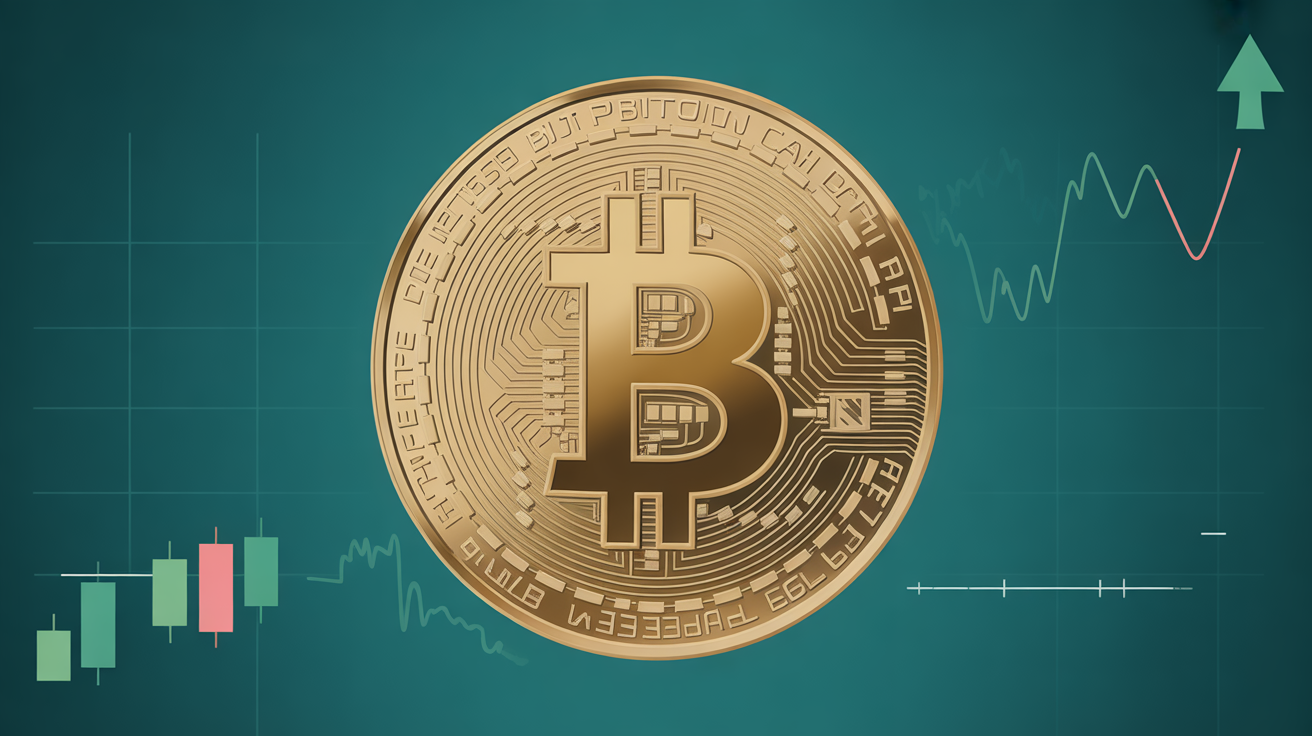Bitcoin Surges Above $100K Again; Analysts Look Ahead to Potential Gains Amid Shifting Market Sentiment
Bitcoin (BTC) has reclaimed its six-figure status, rising 33% in a few short weeks after falling to $75,000 in the wake of President Trump’s early April announcement regarding new tariffs. Now back above the $100,000 mark, Bitcoin is once again defying expectations and demonstrating its volatile nature.
To put things in perspective, Bitcoin first breached $100,000 in December, as its price surged following Trump’s election victory in November. By the time of his inauguration on January 20, Bitcoin had climbed to more than $109,000. However, soon after, the bullish sentiment started to wane, leading to a steady decline that culminated at $75,000 in April following the tariff announcement.
The altcoin market suffered even greater losses, with assets like Solana (SOL) and Ether (ETH) experiencing drops of more than 60% from their peaks. But despite the initial market shock, both Bitcoin and traditional markets have rebounded, with indices like the Nasdaq and S&P 500 now surpassing their pre-tariff levels.
Bitcoin’s latest rise above $100,000 is likely tied to expectations of a potential trade agreement between the U.S. and the U.K., with traders looking past the short-term tariff concerns. This renewed optimism has sparked a fresh wave of buying interest in both traditional and digital assets.
Analysts Highlight Flow-Driven Rally
Geoff Kendrick, an analyst at Standard Chartered, noted that Bitcoin’s recent price movement is being driven by market flows, rather than speculative trades. “The narrative surrounding Bitcoin has shifted,” Kendrick said. “Now, it’s all about the flows. And we’re seeing these flows come in from various channels.”
Kendrick pointed to the recent surge in inflows into Bitcoin’s spot ETFs. While some dismiss these flows due to offsetting basis trades, where hedge funds take short positions on Bitcoin futures for small yields, Kendrick argued that the lack of significant movement in basis trades suggests real capital is entering the market.
Next week, institutional investors will report their Bitcoin holdings via the 13F filings, including positions in companies like MicroStrategy (MSTR) that hold significant amounts of Bitcoin. Kendrick expects this data to confirm that institutional investors are continuing to boost their Bitcoin exposure.
Given the rapid change in sentiment, Kendrick updated his price forecast for Bitcoin, admitting that his earlier target of $120,000 for Q2 might now be too conservative. As market flows strengthen and institutional interest grows, Bitcoin could potentially see even more upside in the near future.
Share this content:




